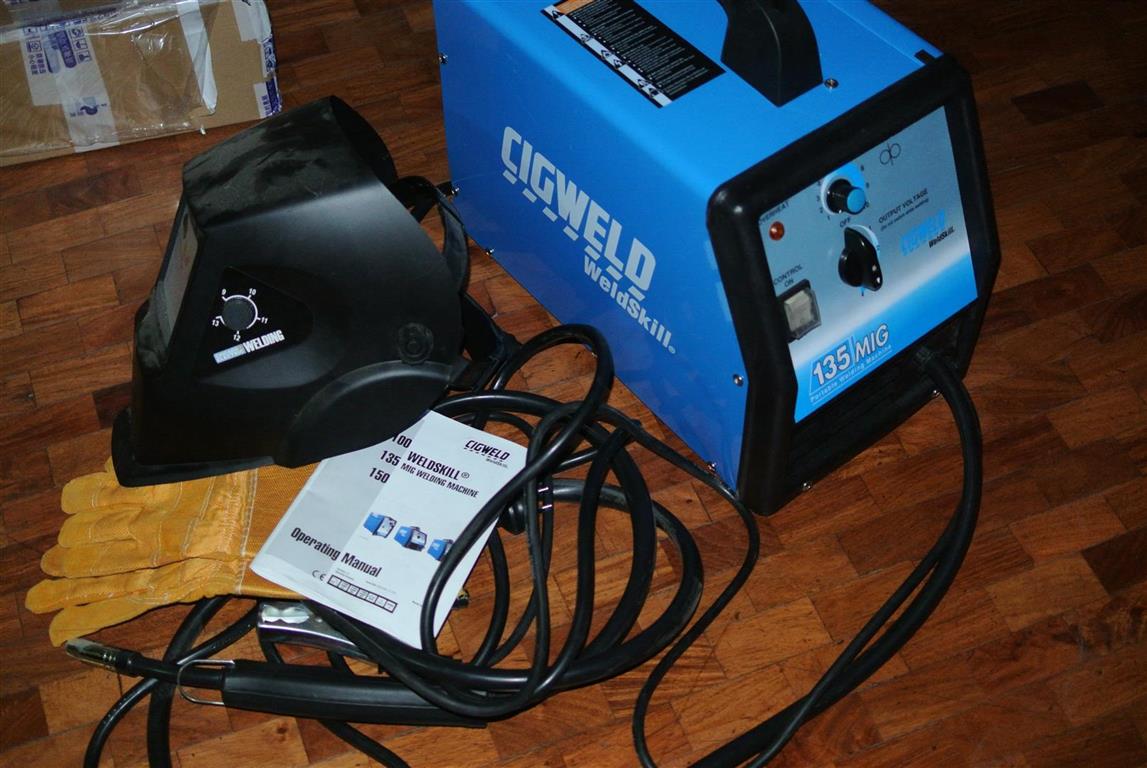Among most of the major torches including Harris, Victor, Smith, Uniweld and a few others, you can safely use alternate fuels in an acetylene torch without concern - and most of the brands mentioned typically offer alt fuel mixers, nozzles and tips. Acetylene tips will work with propane, but you'll need to bump-up a size or two larger to achieve the same results as O/A. However, using propane w/acetylene tips results in a more sensitive and difficult to adjust flame, which has an annoying habit of crawling away from the tip during use. It works, but not ideally. The hose should be "T" rated instead of acetylene's "R" rated hose.mud2005 said:I was told that using propane/oxy in an oxy/acetylene torch will work (much cheaper), but the air-fuel mix holes are the wrong size, and carbon monoxide may be produced, so don't use Propane/oxy in an oxy/acetylene torch.
My last 20 lb. (5 gallon) propane refill lasted through 15 frame builds and an assortment of other tasks. At $1.75 per gallon (or about $0.43 per 16 oz.), it's substantially cheaper than MAPP at $7 per 16 oz bottle.



